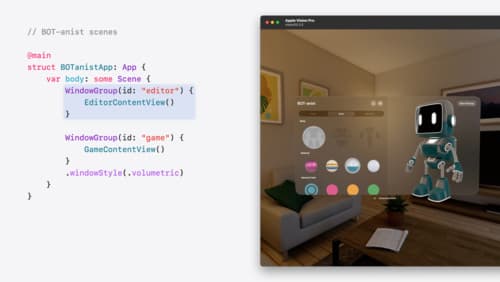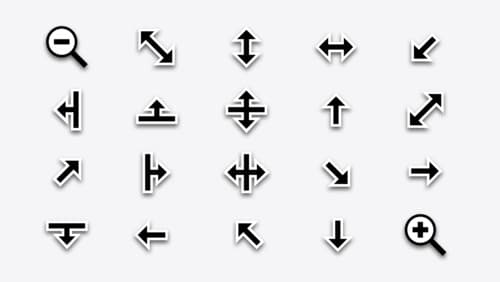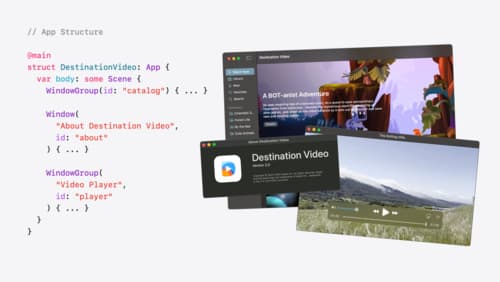How can I set a defaultWindowPlacement
Asked on 2024-10-22
1 search
To set a defaultWindowPlacement in SwiftUI, you can use the default window placement modifier. This allows you to programmatically set the initial position and size of a window. Depending on the platform, windows can be positioned and sized in various ways, such as relative to other windows or the screen. For example, on macOS, you can calculate a position manually by accessing the context, which contains information about the default display, and then using the visible rect to determine a safe placement for your content.
Here's a brief overview of how you might implement this:
-
Access the Context: Use the context provided by the default window placement modifier to get information about the display, such as the visible rect.
-
Calculate Position and Size: Use methods like
sizeThatFitsto determine the desired size of the window content. Then, calculate a position based on the display bounds and size variables. -
Return Window Placement: Return a window placement with the calculated position and size.
For more detailed guidance, you can refer to the session Work with windows in SwiftUI (06:25) where these concepts are discussed.

Work with windows in SwiftUI
Learn how to create great single and multi-window apps in visionOS, macOS, and iPadOS. Discover tools that let you programmatically open and close windows, adjust position and size, and even replace one window with another. We’ll also explore design principles for windows that help people use your app within their workflows.

What’s new in AppKit
Discover the latest advances in Mac app development. Get an overview of the new features in macOS Sequoia, and how to adopt them in your app. Explore new ways to integrate your existing code with SwiftUI. Learn about the improvements made to numerous AppKit controls, like toolbars, menus, text input, and more.

Tailor macOS windows with SwiftUI
Make your windows feel tailor-made for macOS. Fine-tune your app’s windows for focused purposes, ease of use, and to express functionality. Use SwiftUI to style window toolbars and backgrounds. Arrange your windows with precision, and make smart decisions about restoration and minimization.
